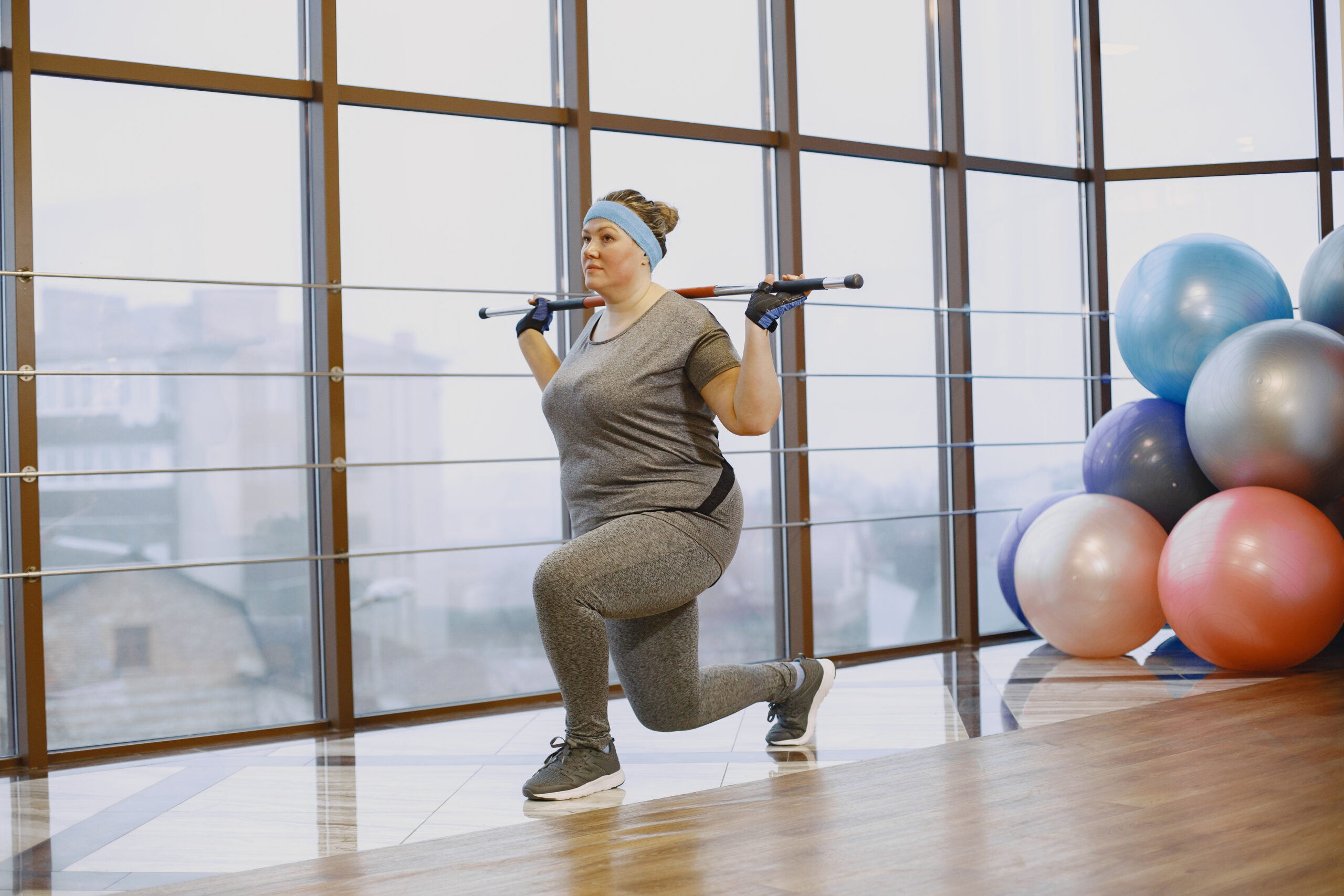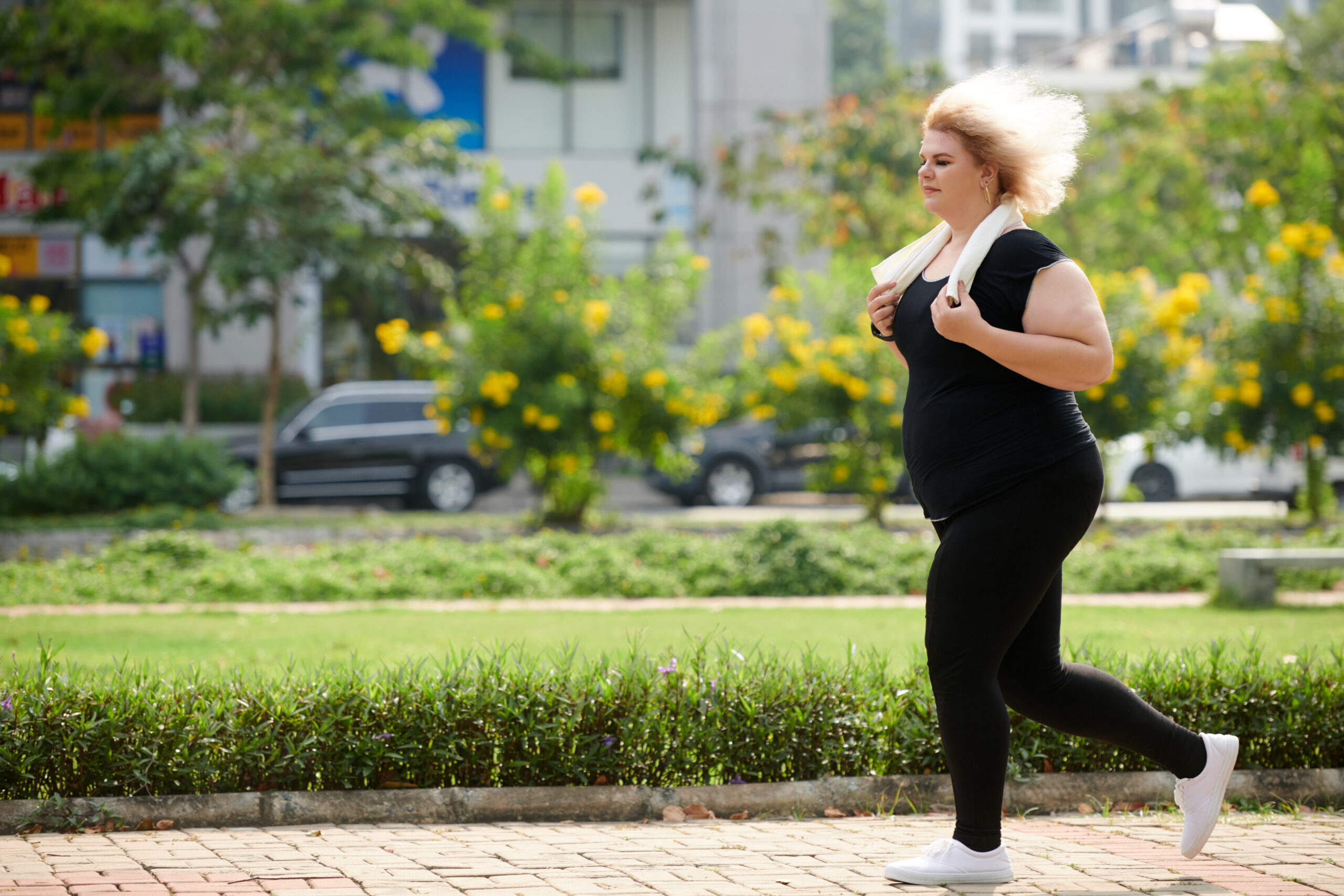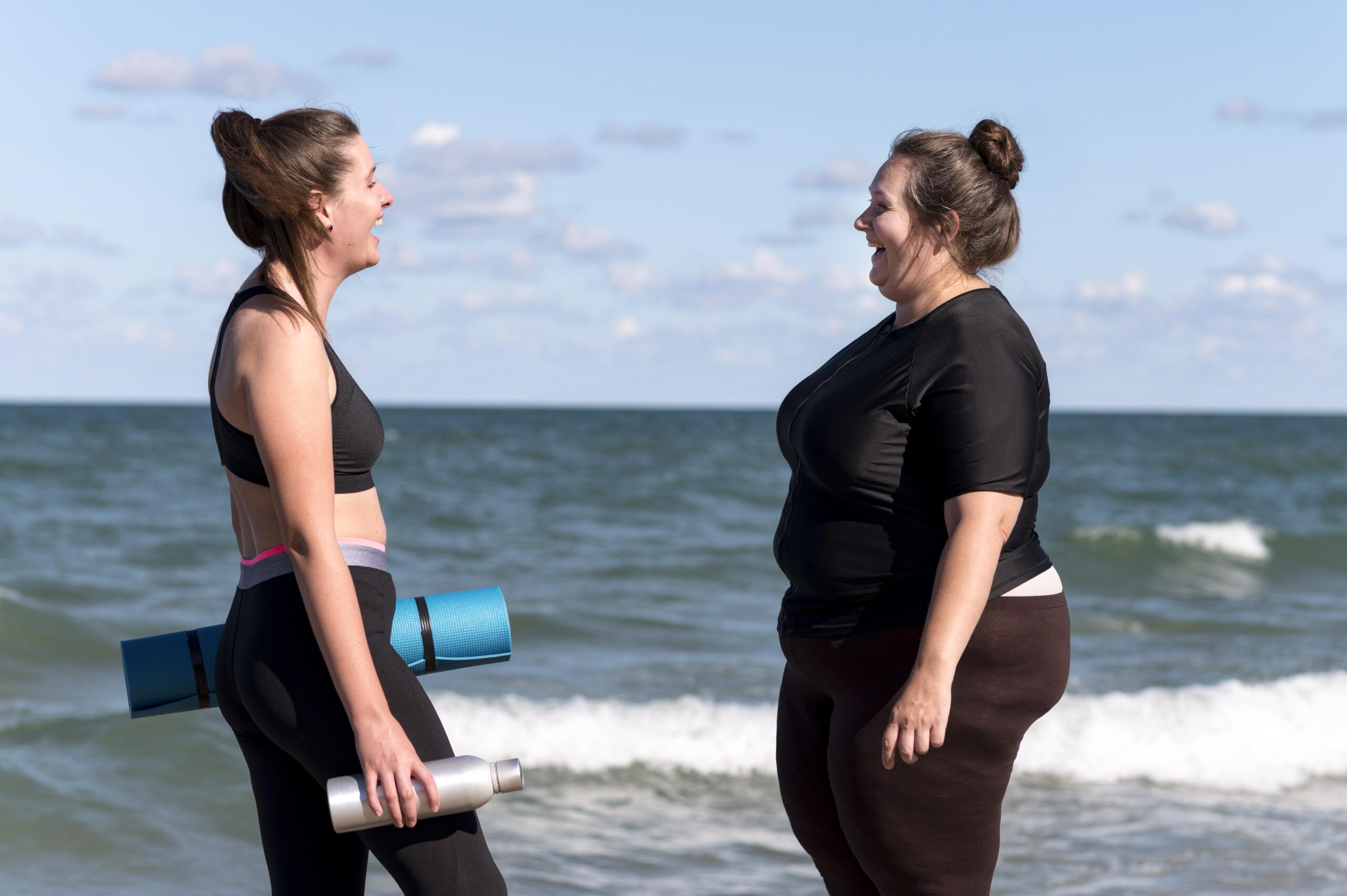
Role of compression garments and compression pump in lipedema management
Dr. Srinagesh Vadrevu
December 10, 2023

Lipedema is a condition characterized by the abnormal accumulation of fat in the legs and sometimes in the arms.
Compression garments and compression pumps play significant roles in the management of lipedema by helping to alleviate symptoms and improve the overall quality of life for individuals with this condition. Lipedema is characterized by the abnormal accumulation of fat and fluid in the lower extremities, leading to pain, swelling, and other discomfort.
Here's how compression garments and compression pumps are used in lipedema management:
- Compression Garments:
- Reducing Swelling: Compression garments, such as compression stockings, sleeves, or leggings, provide external pressure to the affected areas. This pressure helps reduce the accumulation of lymphatic fluid and swelling, which are common symptoms of lipedema.
- Improved Circulation: By gently compressing the tissues, these garments facilitate better blood and lymphatic fluid circulation, which can help reduce pain and discomfort.
- Alleviating Discomfort: Wearing compression garments can help individuals with lipedema experience less pain, aching, and discomfort, especially during activities or long periods of standing.
- Preventing Progression: Regular use of compression garments can potentially slow down the progression of lipedema and reduce the risk of complications.
- Support During Exercise: Many individuals with lipedema benefit from wearing compression garments while engaging in physical activities, as they provide additional support to the affected areas and reduce the risk of injury.
- Promoting a Sense of Normalcy: Compression garments can help individuals feel more comfortable and confident in their appearance, as they may help to smooth out the contours of the legs and provide a more uniform shape.
- Lipedema
- Lymphatic Surgery
- Physical Therapy
- Liposuction
- Management of lipedema
- Proper research
- Compression Pumps:
- Lymphatic Drainage: Compression pumps, also known as pneumatic compression devices, are used to facilitate lymphatic drainage. They create a controlled sequence of pressure and release on the affected limbs, promoting the movement of lymphatic fluid and reducing swelling.
- Pain Management: Compression pumps can help manage pain and discomfort associated with lipedema by improving fluid circulation and reducing pressure in the affected areas.
- Mobilization of Excess Fluid: The pumping action of these devices encourages the movement of excess fluid out of the affected tissues and toward the lymphatic system for eventual elimination.
- Supportive Home Care: Compression pumps can be used at home, allowing individuals with lipedema to incorporate lymphatic drainage therapy into their daily routine, under the guidance of a healthcare professional.
Conclusion
The use of compression garments and pumps in lipedema management should be supervised and recommended by a healthcare professional, ideally one with expertise in lymphatic and lipedema management. The type of compression, the level of pressure, and the frequency of use should be individualized to meet the specific needs of each patient. Additionally, a comprehensive lipedema management plan may include other strategies, such as diet and exercise modifications, manual lymphatic drainage, and in some cases, surgical interventions.
To connect with us click on the button below
To know more fill in the details below:
Recent Posts
Have Any Question?
Lipedema is a condition that causes excess fat to accumulate in the lower part of the body.
- +919515106591
- srinageshlipedema@gmail.com



